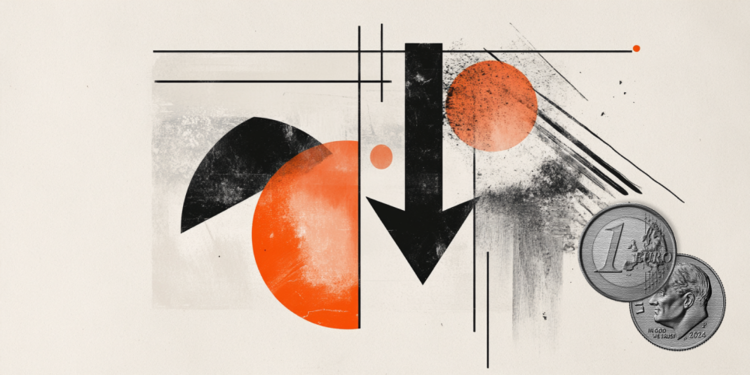Did you know that out of every three malignant tumors registered in Brazil, one is skin cancer? To give you an idea, there are more than 220 thousand new cases per year and the majority in men. Unfortunately, 4 out of 5 men do not use sunscreen, a great ally in preventing the disease.
To change this game, it is essential to break down taboos and be well informed. Check here the main myths and truths about Skin Cancer, according to the Brazilian Society of Dermatology (SBD).
- I have to be careful with the sun only in moments of leisure.
MYTH. Around 70% of the solar radiation we receive throughout our lives is acquired on a daily basis. Only 30% is the impact of UVA and UVB rays in leisure moments, such as the beach and swimming pool.
Those who work outdoors, especially, run even more risks. Aware that its workers on construction sites are exposed, to a great extent, to solar radiation, MRV Construction joined the Brazilian Society of Dermatology in the December Orange campaign, skin cancer awareness month, to raise awareness about the disease and, mainly, about the importance and forms of protection, “Our objective is to reach the workers of the civil construction and other professionals who work outdoors, as well as society as a whole, with care tips and information about the dangers of unprotected sun exposure”, says Rafael Lafetá (VP of Sustainability at MRV). The initiative also includes the distribution of sunscreen to workers, lectures and consultations with dermatologists and the distribution of educational material approved by the SBD.
- All skin types can develop cancer
TRUE. People with fair skin, who burn easily when exposed to the sun, are at greater risk of developing skin cancer. However, blacks and Asians can also have the disease. So stay tuned. The first sign that you have overdone your sun exposure is the increase in skin temperature and, subsequently, its redness. Avoid these reactions as much as possible.
- I can't analyze skin cancer risks on a daily basis.
MYTH. It is possible to do a self-examination at home to identify possible risks of skin cancer. Named ABCDE, it is indicated to recognize, mainly, cases of melanoma. It takes into account asymmetry (one half of the signal is different from the other), edges (irregular or serrated), coloration (presence of two or more colors in the signal), diameter (signal more than 6 mm thick) and evolution of the signal. moles (lesions that change color, shape or size). So, be careful: if you notice any suspicious lesion, which bleeds, itches, is uncomfortable or increases in size, see a dermatologist for clinical and laboratory analysis.
- Skin cancer can appear in less exposed areas of the body.
TRUE. In fact, it is more common to find skin cancer in areas exposed to the sun, such as the face, ears, neck, shoulders, back, lips, legs and trunk. However, it can also appear in any region of the body, such as the palms of the hands, soles of the feet, nails, scalp and even in intimate areas.
- Skin cancer is rare, I shouldn't worry.
MYTH. Skin cancer is the most common in humans, with more than 2 million cases predicted worldwide, according to the World Health Organization (WHO). It represents 30% of malignant tumors registered in Brazil, with more than 180 thousand new cases annually, according to the National Cancer Institute (INCA).
- Any sunscreen helps prevent skin cancer.
IT DEPENDS. Using sunscreen daily is essential to ensure skin health in relation to sun exposure. However, it is essential that it has SPF 30 or higher. With the technological development of formulas, it is now possible to find filters that suit all skin types. For people with oily skin, for example, it should have a more fluid texture, free of oils and contain active ingredients that help control shine, such as the “matte effect” or “dry touch”.
- The use of sunscreen is not necessary on cold or cloudy days.
MYTH. Sunscreen should be used daily, even when the weather is cold or cloudy, as UV radiation passes through clouds. In tropical countries like Brazil, levels of UVA and UVB radiation are high at any time of the year, and applying the product is essential to protect against skin cancer.
- Any amount of protector applied to the skin works.
MYTH. It is necessary to apply 2g/cm2 of sunscreen to the skin to achieve the sun protection described on the dermocosmetic packaging. An easy way to measure is using the teaspoon rule – one teaspoon for covering the face, head and neck, one for each arm, two for the torso and two for each leg. The first application should be done at least 15 minutes before sun exposure, preferably without clothes and with as much quantity as possible. It is also necessary to apply the product again every two hours or after sweating, swimming in the pool or in the sea.
Source: CNN Brasil
I’m James Harper, a highly experienced and accomplished news writer for World Stock Market. I have been writing in the Politics section of the website for over five years, providing readers with up-to-date and insightful information about current events in politics. My work is widely read and respected by many industry professionals as well as laymen.







